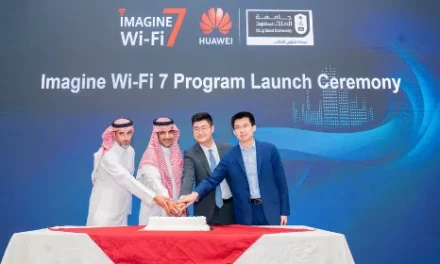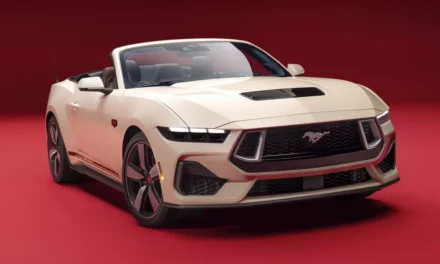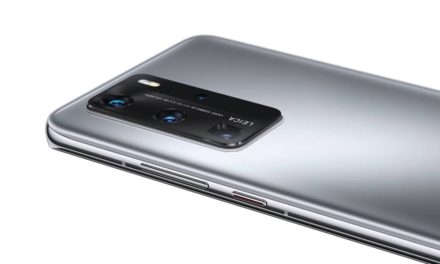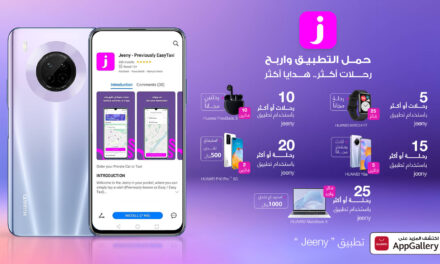
Huawei in global top three for smartphone market share
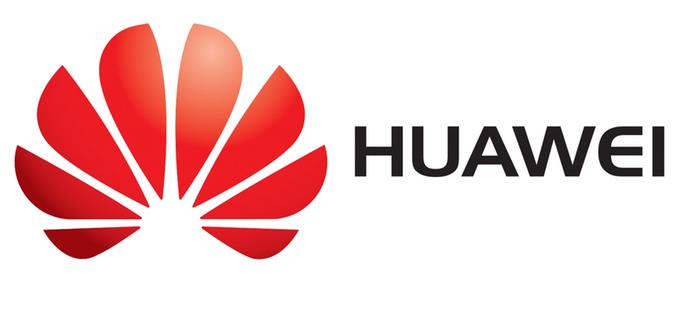
According to data released by leading analyst firms Strategy Analytics and Counterpoints Research,Huawei Consumer Business Group (CBG) became the third largest smartphone manufacturer by market share, commanding 10% of the total global market. Meanwhile,total worldwide smartphone shipments grew by 2.3% year-on-year in 2016, totaling 1.47 billion units.
The Chinese market contributed a large part of this total figure, with 467 million mobile phones shipped for the year. Of the top five vendors, Samsung, Apple, Huawei, OPPO, and vivo, the three Chinese brands together account for almost 20% of the global market share. Huawei ranked third overall, with nearly 10% market share, maintaining steady growth despite a weaker global market. In total, Huawei shipped 139.3 million units in 2016, up 30.2% on 2015.
Despite the softening of the global smartphone market, Huawei’s annual growth in shipments shows strong momentum and continues to perform above the industry average. Shipments grew from 75 million in 2014 to 108 million in 2015 and approximately140 million in 2016. This industry-defying growth has consolidated its position as the number three global vendor.
The Road to Consolidation: The Changed and the Unchanged
Huawei released HUAWEI P9 and HUAWEI Mate 9 in 2016, two flagship models that continue Huawei’s strategy of releasing high-performance smartphones that combine powerful technology, functional design and intuitive user experience to win global acclaim. Global sales of the HUAWEI P9 flagship series have so far exceeded 10 million units, making it Huawei’s first flagship model to reach that milestone.
“Huawei was a rising star in December 2016, an important achievement for Chinese companies,” said Tina Lu, Senior Analyst at Counterpoint Research. Commenting on Huawei’s aim to sell more smartphones than Apple in 2017, Lu added, “Performance in North America and Asian markets will be the key. If it can build on its strong position in Europe, Latin America, the Middle East and Africa, then it has a chance to accomplish this goal.”
Huawei has also modified its channel strategy, growing the total number of its offline service stores to more than 460, across 45 countries around the world. The company launched its “1,000-county plan” in China, aiming to set up shops in 1,000 counties across the country.
Huawei has also established long-term and stable partnerships with thousands of distributors and retailers all over the world. The global public channel as a share of revenue increased to 71% in 2016, up 13 percentage points from 2015. The number of retailers offering Huawei devices across the world also increased to more than 70,000.
Tarun Pathak, Associate Director at Counterpoint Research, spoke highly of Huawei’s strategy, “Huawei has gained a foothold in the premium market with the successful release of P9 and Mate 8 and will continue to put more emphasis on the premium market going forward, challenging Apple. In 2017, we expect Huawei to reap the reward of its offline channel expansion strategy started in late 2015 to cover 1,000 provinces by the end of the year.”
The Road to Refinement: Investment and Partnerships
In the flagship P and Mate series, Huawei collaborated with international brands such as Leica and Porsche Design, building on and amplifying the Huawei brand concept while expanding its appeal through association with other leaders in their fields.
These partnerships have directly impacted brand recognition for Huawei, winning acclaim from a growing list of respected global institutions. In 2016, Huawei was included in Interbrand’s 100 Best Global Brands for the second year, ranking 72nd. It was also ranked in BrandZ Top 100 Most Valuable Global Brands at number 50. This success in branding has also been reflected in global sales, acting as further proof that users favor Huawei mobile phones.
Global and Local Strategies for Success
Huawei consolidated its position as one of the world’s three largest smartphone vendors thanks to distinct domestic and overseas strategies that have solidified its advantages in some regions, while opening new markets through its continuous innovation and efficient operations.
“Huawei maintained third position with a record 10 percent global smartphone market share in Q4 2016, the first time the company has ever reached double figures. It was an impressive performance,” said Woody Oh, Director at Strategy Analytics. “Huawei’s overseas performance in markets like Western Europe is accelerating due to improved smartphone designs, more sophisticated marketing, and deeper retail distribution.”






